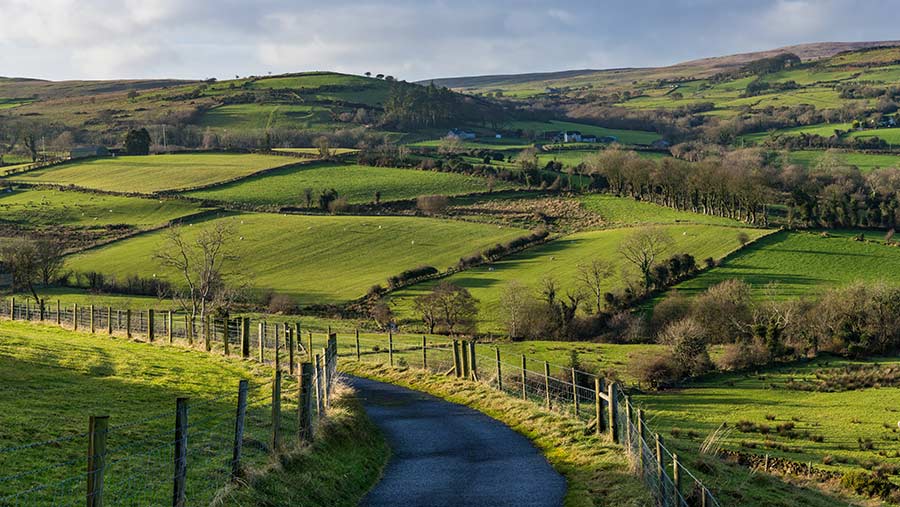Opinion: Welcome to the new politics of land
 © Jim Ekstrand
© Jim Ekstrand Cast your mind back to the last Westminster election in 2019.
Party leaders got caught up in a bizarre cycle of competitive tree-planting pledges, prompting anyone who knew anything about land management to determine that we needed some guidance, like a land use framework, to make sense of it all.
See also: Opinion – AI will focus on farm management, not tasks
Roll forward to 2024. In England, we now have even more targets to meet, from decarbonisation to water quality, while farmers are dealing with the very immediate problems of wet weather and market volatility.
Regardless, Defra has pushed on with its agricultural transition plan. The policy paper it published to coincide with the Oxford Farming Conference is illuminating as to the challenges and choices we face.
Various elements of the updated Sustainable Farming Incentive (SFI) will be music to farmers’ ears.
The upland and grassland offers are much improved and better paid, and, in a measure of success of seeing real-world issues, payment premiums for floodplain management feature heavily.
An upgraded portal launching for SFI 2024 should integrate Countryside Stewardship options alongside the 180 or so options now available to English farmers. It’s a smorgasbord of environmental opportunity.
Welcome, too, is the language that Environmental Land Management (ELM) has a “mutually reinforcing” role with food production. This was not obvious from the political speeches at OFC.
Most spoke of being able to have “food and the environment”, which is an improvement from “food or the environment” for sure.
However, the warm words of the transition plan update paint a picture of environmental quality underpinning productive farm businesses, with a commitment to maintaining at least 60% domestic food production and only less productive land delivering solely for nature.
Broad-scale action is anticipated across England on soil, water and nature.
This chimes with the messages I hear from supply chains all the time: our customers need nature-positive, net-zero, non-polluting produce. The destination is not optional.
The so-called three compartment model gives too many “intensive” farmers the idea that environmental improvement is something that happens on other farms.
It’s time to leave that model behind and get behind Defra’s rising tide.
The political approach embedded in ELM is that farmers in England should have choice.
Wales considers the outcomes too important to take that risk. Farmers in Wales will have to place at least 10% of their holdings in environmental management if they want to access public money.
In England, Defra wants farmers to choose this as an outcome.
In Wales, all farmers will have to contribute to the nation’s climate adaptation plan through tree planting. And in England, we have options and schemes that government is hoping gets us to 16.5% tree cover.
Choice is not bad, but the risk in England’s muddled approach is whether the budget and goodwill will be there to change course.
Defra promises to keep the whole thing under review if farmers are not choosing the more difficult, high-value options. But you can only lose a farmer once.
This approach could be too little, too late – both for food production and for the environment.
The different approaches in Wales and England highlight the new politics of land – long-term and targeted, versus descriptive and discretionary.
Looking to the election campaigns, any credible pitch for the rural vote needs to have long-term thinking on funding, food and land at its core.

